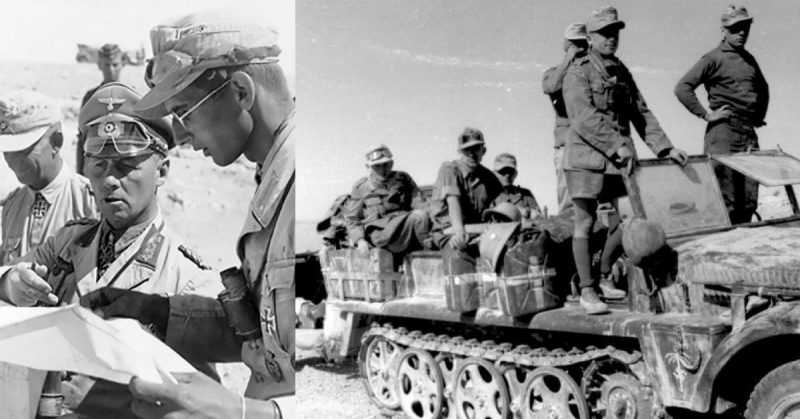Erwin Rommel’s attack on El Agheila Fort on March 24, 1941, did not lead to fearsome fighting. It was not one of the great battles of the Second World War. The attack did, however, begin a new stage in the war. It was the start of German involvement in one of the war’s major fronts, and a step up for one of its most famous Commanders.
Rommel
Rommel first rose to prominence during WWI as a young junior officer in the German army. He was not involved in the static trench warfare of the Western Front but spent time on the Italian and Romanian fronts. There he gained experience of a more mobile form of warfare and demonstrated his capabilities.
Rommel was smart and courageous. Early in the war, he was wounded, but that did not keep him out of the struggle. Over the course of the conflict, he earned many of Germany’s highest honors – the Iron Cross second class, Iron Cross first class, and Pour le Mérite.
Politically as well as militarily smart, Rommel ingratiated himself with the Nazi leadership as they gained power in Germany. He gained favor within the armed forces, despite a style of leadership that was more focussed on micro-management than was usual in Germany.
After playing a leading part in Germany’s 1940 invasion of France and the Low Countries, Rommel was sent to command the troops in North Africa.
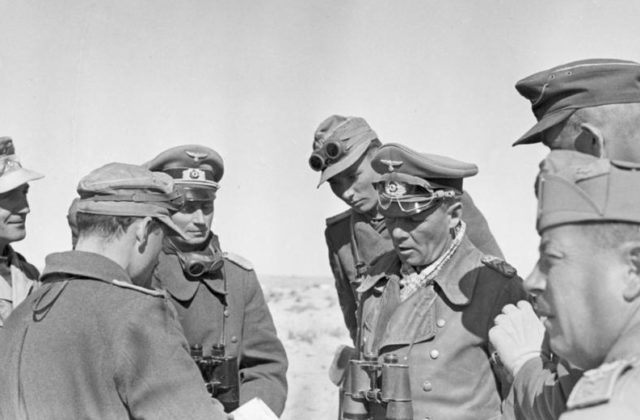
The Significance of North Africa
North Africa was an important region for all the European powers fighting in the Second World War. With its long Mediterranean coastline, the continent offered a stepping off point and supply base for campaigns in southern Europe, in particular for the Allies.
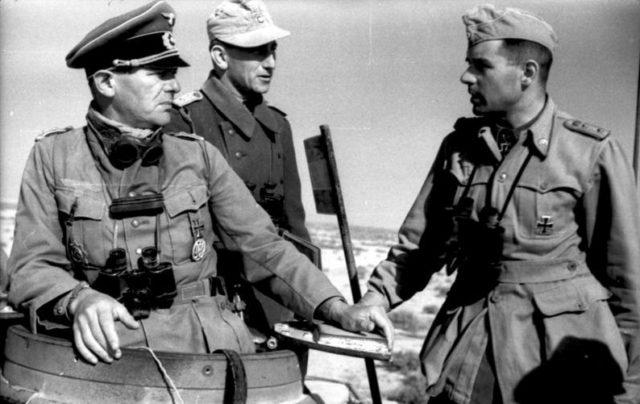
Most importantly, North Africa contained Egypt. Long the target of colonial greed, Egypt sits at a strategic point where Mediterranean Europe, Africa, and the Middle East met. It was a center for trade routes, vital to oil supplies and the economies of industrial powers such as Britain.
The Italian Defeat
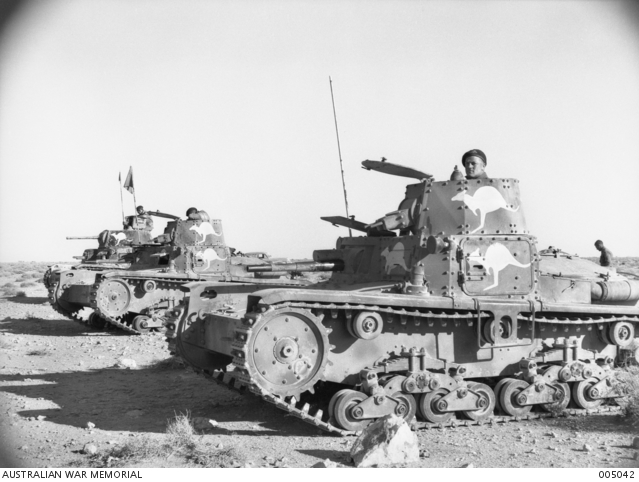
In September 1940, Italian forces advanced into Egypt, starting the war in North Africa.
The Italians were eager for conquest. With their German allies expanding in Europe, there were few opportunities for them to gain ground there. Italy wanted conquests both as a source of resources and as a matter of national pride. Already holding territory in North Africa, this was the logical place to expand their colonies.
Initial Italian advances over-ran the British bases defending Egypt. However, the British quickly counter-attacked and drove the Italians back across the border for 500 miles. The battered and embarrassed Italians were forced to surrender on February 7, 1941.
Germany Joins the Battle
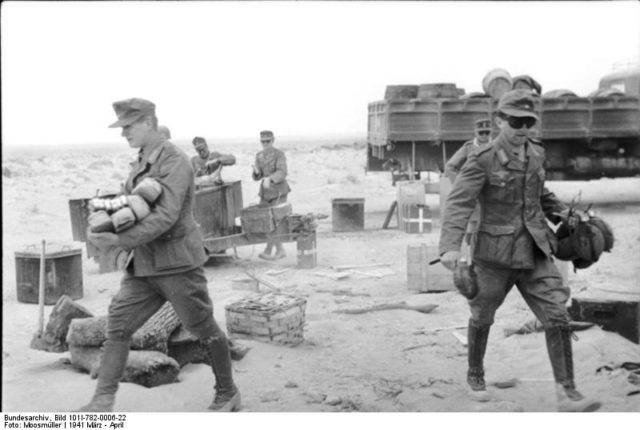
The Italian defeat was a serious problem for the Germans. Hitler wanted to keep Mussolini with the Axis Powers, but he also wanted to project an image of strength. The defeat in Africa and loss of territory was a strategic blow and an embarrassment just as Germany was on the rise.
The Germans were drawn into North Africa. An expeditionary force was assembled under Rommel and sent to Libya the day before the Italians surrendered. Their purpose was to team up with the Italians and drive back the British.
Instead of an invasion of Britain – which Rommel believed should have been launched as soon as possible – the Germans would end up fighting the British in the deserts of Africa.
Spread Thinly
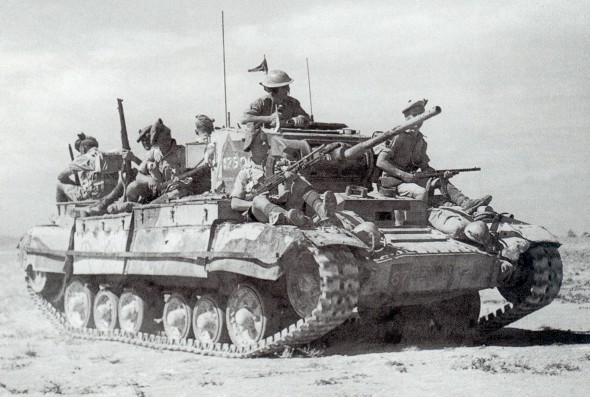
The British had extended themselves in North Africa. They had advanced far from their defensive positions in Egypt, reaching Tobruk, Libya. It had been worth it to force a punishing defeat on the Italians, but it left them unable to continue their advance.
Meanwhile, British resources in the Mediterranean were being sent to Greece, to prevent another advance by the Axis Powers. The most experienced British soldiers in the region were being sent elsewhere.
The British Retreat
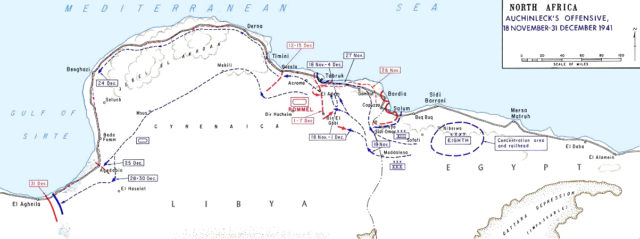
Rommel sensed the British weakness and decided to make the most of it. Before departing on a political trip to Italy, he gave orders to the 5th Light Division to attack El Agheila Fort.
The Fort was not a hugely significant target, but from there the British were harassing German and Italian supply columns around the Marada Oasis. It was a useful place to start.
On March 24, 1941, the 3rd Reconnaissance Battalion of the 5th Light Division attacked El Agheila. The Fort was weakly garrisoned, and the British troops understood they could not win against a concerted German attack. They retreated.
Rommel commented on the skillful execution of the British withdrawal, which included setting mines. In many ways, it was an underwhelming start to the campaign. There was little action. The fate of El Agheila was never in doubt.
For Rommel, it was a success. The campaign had begun. The British had proved weak, as he had hoped. He was ready to advance.
Setting the Tone
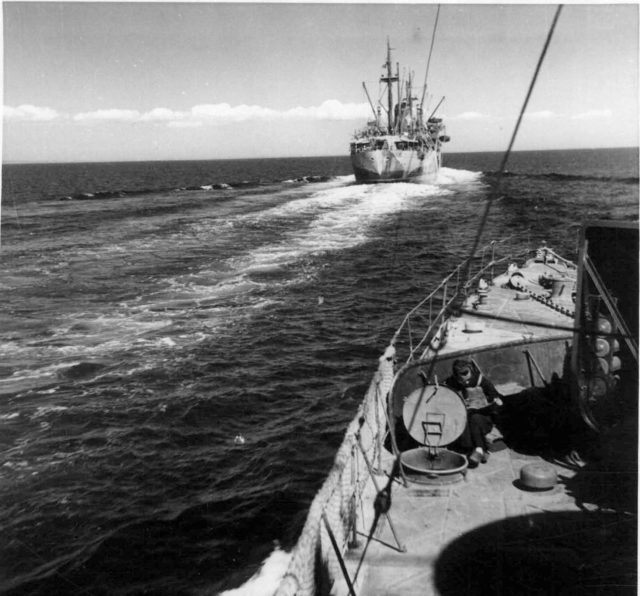
El Agheila set the tone for the first phase of the war in North Africa. In the face of Rommel’s resources and tactical ability, the British were forced to pull back. As at El Agheila, they did their best to make the Germans pay for the ground they took, without needlessly throwing away lives and resources.
Rommel sought swift, decisive action, while his opponents attempted to wear him down.
Source:
Nigel Cawthorne (2004), Turning the Tide: Decisive Battles of the Second World War.
Jill Edwards, ed. (2012), El Alamein and the Struggle for North Africa.
David Fraser (1993), Knight’s Cross: A Life of Field Marshal Erwin Rommel.
H. Liddell Hart, ed. (1953), The Rommel Papers.
